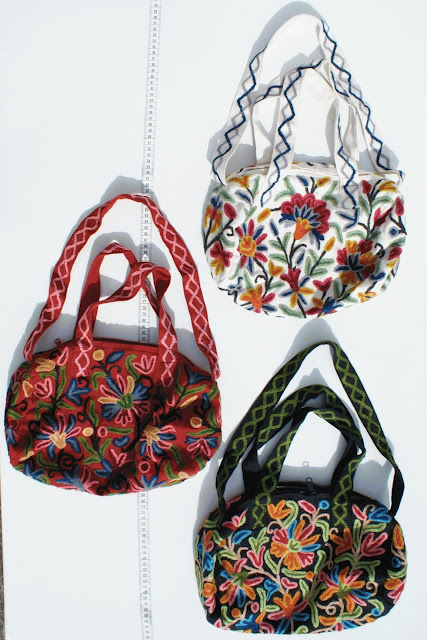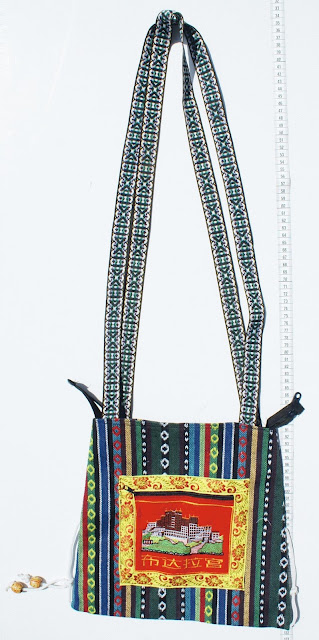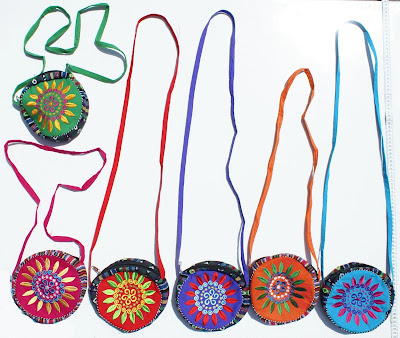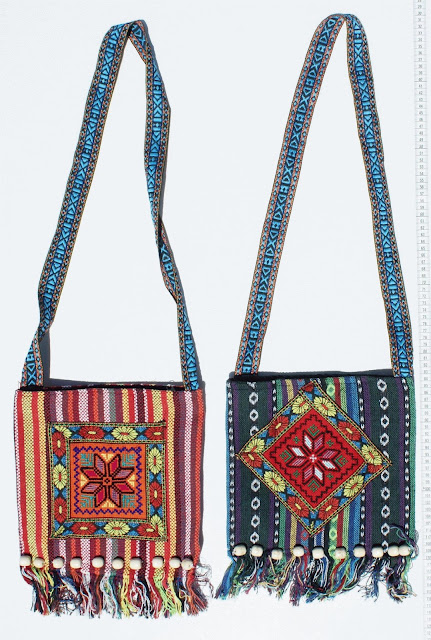“If the Hell is not empty, I shall not attain Buddhahood”
The Great Vow of Ksitigarbha Bodhisattva
Ksitigarbha Bodhisattva is known for his vow to take responsibility for the instruction of all beings in the six worlds between the enlightenment of Shakyamuni Buddha and the incoming of Maitreya the next future Buddha,
Ksitigarbha Bodhisattva in Tibetan word is "Sa Yi Nyingpo". In Sanskrit name is "Ksitigarbha". In Chinese name is "地藏王菩薩" with his great vow- “If the Hell is not empty, I shall not attain Buddhahood”. Having vowed not to achieve Buddhahood until all hells are emptied, his activity focuses more particularly on helping those who suffer in the hell realms.
Ksitigarbha Bodhisattva has received great respect and trust from all since long ago. Not only did he point out to us a road to achieving Buddhahood, but he also lighted up for us a hope in Dharma. For these reasons, Ksitigarbha Bodhisattva is known as “The King of Great Vows”.
Ksitigarbha Bodhisattva is one of the most wonderful dimensions of the Mahayana Tradition of Buddhist practice and teaching are the different manifestations of Buddha’s Qualities of compassion and wisdom. These emanate as different Buddha deities. The form, appearance, costumes, mudras, implements and jewellery of Ksitigarbha Bodhisattva differ quite considerably under Mahayana & Tibetan Buddhism.
Manifestation in Mahayana Buddhism
Ksitigarbha Bodhisattva is typically depicted with a shaven head, dressed in a monk's simple robes (unlike most other bodhisattvas, who are dressed like Indian royalty). In his left hand, Ksitigarbha holds a cintamani; in his right hand, he holds a staff "錫杖" , which is used to alert insects and small animals of his approach, so that he will not accidentally harm them. He is often depicted as white in color, holding a staff in his right hand and a jewel that symbolizes wisdom in his left hand.
Manifestation in Tibetan Buddhism
Ksitigarbha is shown wearing a crown depicting the Five Dhyani Buddhas as worn by Tibetan and in Tantric rituals.
Ksitigarbha Bodhisattva is revered as the protector of stillborn, miscarried and aborted babies. He is the protective deity of travelers and guardian of pregnant women. He protects against earthquakes; he prolongs life and is a guardian of children.
The practice and prayers
His mantra in Mahayana is “南無大願地藏王菩薩”
His mantra in Sanskrit is “oṃ ha ha ha vismaye svāhā”
I prostate, go for Refuge, make offerings, please grant blessings. The Bodhisattva Ksitigarbha, who has unbearable compassion for me and all sentient beings (whose minds are obscure and who are suffering), who has qualities like the sky and liberates sentient beings from all the sufferings and gives all the happiness. (Recite three times.)
Five Reasons for Being Born into Poverty according to the Sutra of Ksitigarbha Bodhisattva:-
- The first of these is arrogance, particularly toward one’s parents.
- The second is obstinacy, that is, refusing to listen to teachers and elders.
- The third is lack of diligence in honoring the Triple Gem.
- The fourth is thievery.
- The fifth reason for being born into poverty is accumulation of unpaid debts. Although money is false and empty, it cannot be used casually and wasted. To borrow money and not repay it, thinking that you have no obligation because money is of no true importance, will lead to rebirth as a servile and poor person.
Thank you for reading, may you find peace and great bliss. With your support it helps to spread the Buddha’s precious teachings and turning the Dharma wheels in the world.
Aspiration For Bodhichitta
For those in whom the precious Bodhichitta has not arisen
May it arise and not decrease
But increase further and further.
Dedication of Merit
By this merit may we obtain omniscience then.
Having defeated the enemies wrong-doings.
May we liberate migratory from the ocean of existence.
With its stormy waves of birth, old age, sickness and death.
*Note
I do not own or infringe any copyright of these pictures.
Pictures courtesy and credit to the rightful distributors and or studios.
Pictures are intended for editorial use only.














































